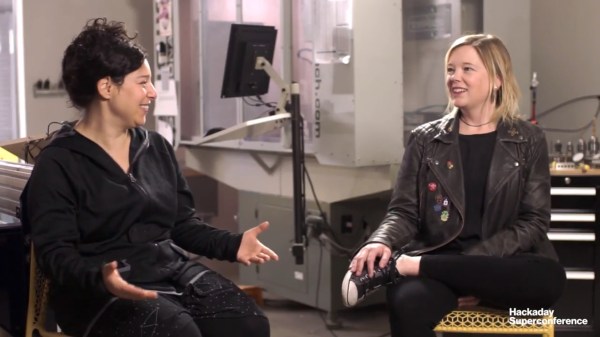Every year at Supercon there is a critical mass of awesome people, and last year Sophi Kravitz was able to sneak away from the festivities for this interview with Katherine Scott. Kat was a judge for the 2017 Hackaday Prize. She specializes in computer vision, robotics, and manufacturing and was the image analytics team lead at Planet Labs when this interview was filmed.
You’re going to chuckle at the beginning of the video as Kat and Sophi recount the kind of highjinks going on at the con. In the hardware hacking area there were impromptu experiments in melting aluminum with gallium, and one of the afternoon’s organized workshop combined wood and high voltage to create lichtenberg figures. Does anyone else smell burning? Don’t forget to grab your 2018 Hackaday Superconference tickets and join in the fun this year!
Below you’ll find the interview which dives into Kat’s work with satellite imaging.
Continue reading “Katherine Scott: Earth’s Daily Photo Through 200 Cubesat Cameras”













